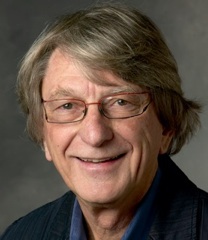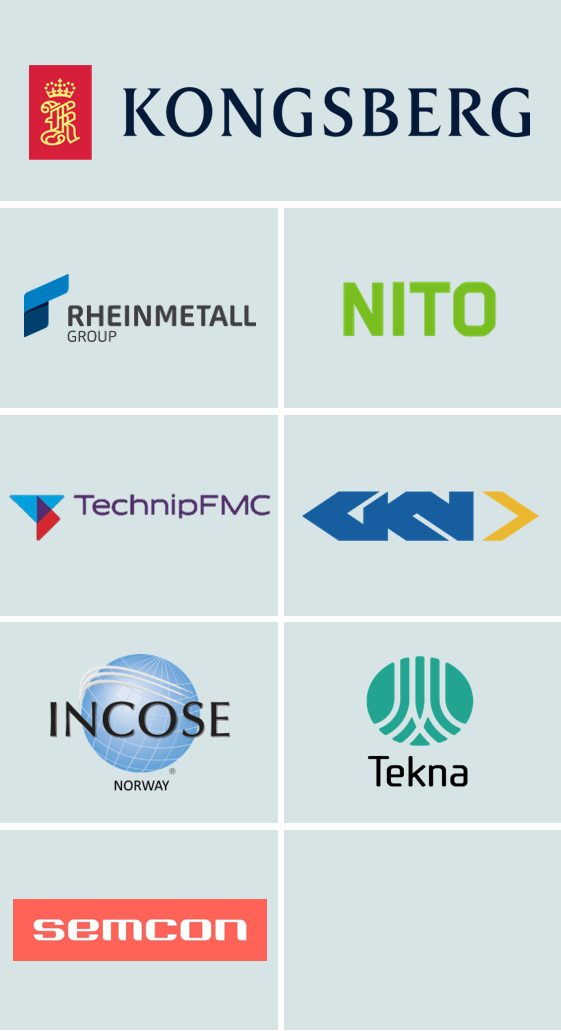Speaker: Larry Leifer
Title: Dancing with Ambiguity: Embracing the Tension between Divergent and Convergent thinking in Systems Engineering
Abstract: Over the past thirty years, a powerful methodology for innovation has emerged. It integrates human, business and technical factors in problem forming, solving and design: “Design-Thinking.” This human-centric philosophy integrates expertise from the design, social, management, and engineering sciences to create a corpus of behaviors that are best implemented by small high-performance project teams. It produces a vibrant interaction environment that promotes creativity and rapid learning cycles through conceptual prototyping. The methodology has proven successful in the creation of innovative products, systems, and services.
Design-thinking works. Industry and academia are subscribing to boot camps and immersive workshops, and corporate re-organization. Teams of industry, government and education experts are tackling complex problems and finding powerfully adaptive solutions. The time is right to apply rigorous academic research to understand how, when and why design thinking works and fails. It is time to create next generation design thinking behaviors and supporting tools.
Through courting ambiguity, we can let invention and innovation happen even if we cannot make them happen. We can nurture behaviors that increase the probability of finding a path to innovation in the face of uncertainty. Emphasis is placed on the questions we ask in balance with the decisions made. A suite of application examples and research findings will be used to illustrate the concepts in theory and in practice.
Biography: Larry Leifer is a Professor of Mechanical Engineering in the School of Engineering at Stanford University. He joined the faculty in 1976 after serving as an assistant professor at the Swiss Federal Institute of Technology, Zurich, and 4 years at the NASA Ames Research Center’s Human Information Processing laboratory. His education credentials include a Bachelor’s degree in Engineering Science, Master’s degree in Product Design (art), and PhD in Biomedical Engineering (neurosciences). He has served as founding director of the Stanford Veterans Administration Rehabilitation Engineering R&D Center; Smart Product Design Lab; Center for Design Research (CDR); Stanford Learning Lab; and Hasso Plattner Design Thinking Research Program at Stanford.
His teaching-laboratory is the graduate course ME310-Global, “Industry Project Based Engineering Design, Innovation, and Development.” Research themes include: 1) creating collaborative engineering design environments for distributed new product innovation teams; 2) instrumenting that environment for design knowledge capture, indexing, reuse, and performance assessment; and 3), design-for-sustainable-wellbeing. His top R&D priorities in the moment include, d.swiss, human-robot teamwork relationship design, and the notion of a pan-disciplinary PhD program in Design Thinking.
His top honors include an honorary doctorate from the Royal Institute of Technology, Stockholm, SE; honorary fellow of the Design Society; and visiting Professor at the University of Tokyo, JP; Swiss Federal Institute of Technology, Zurich, CH; and the Norwegian Institute of Systems Engineering, Kongsberg, NO.

